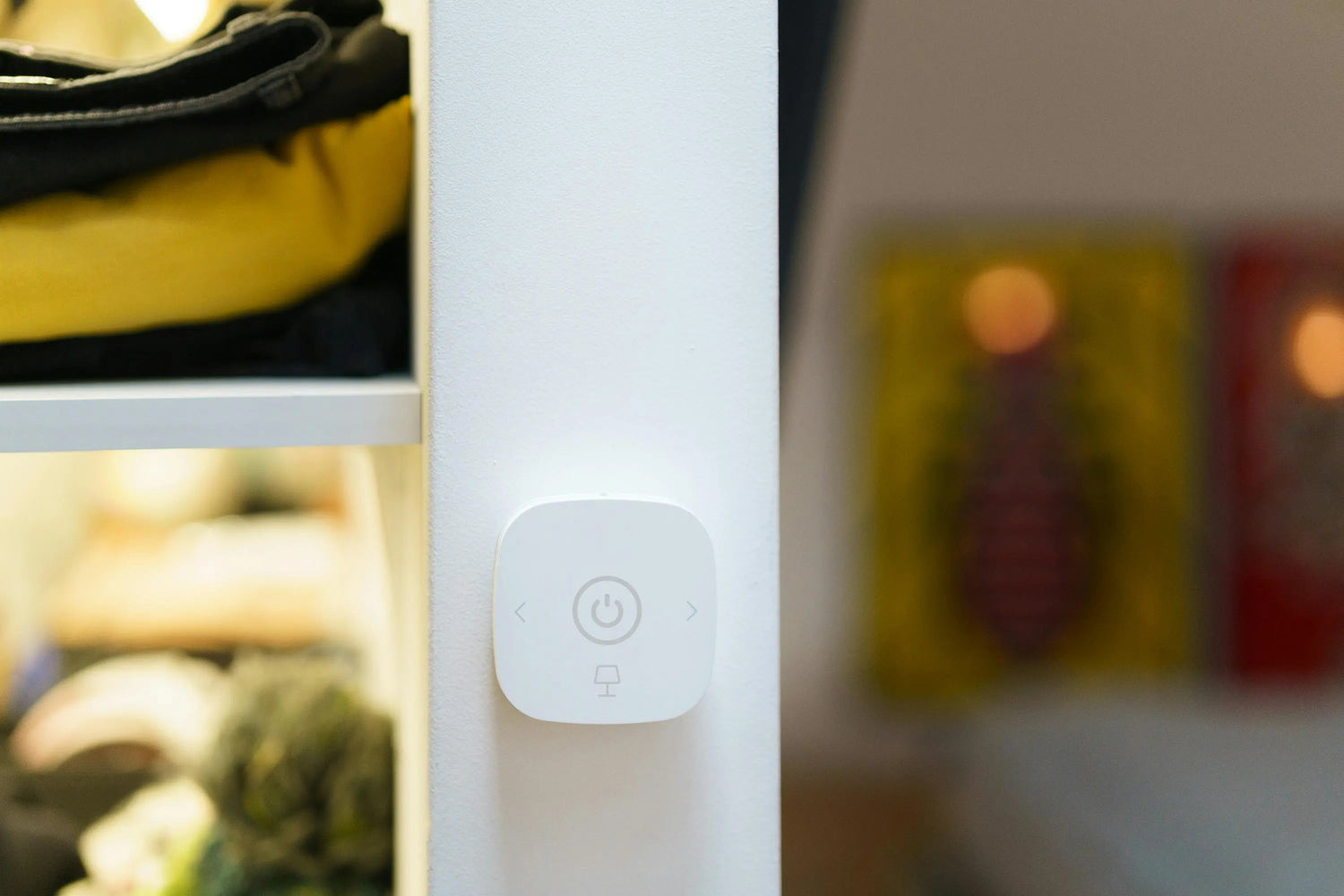Electrical Basics
In our technology-centric world, a foundational understanding of electricity and energy is invaluable. From the intricacies of batteries to the calculations behind power consumption and the allure of renewable energy sources like solar power, unlocking the mystery of key electrical terms is crucial. This comprehensive guide, brought to you by hubz power, breaks down essential concepts like volts, amps, watts, and kilowatt-hours.
Electrical basics of Volts, Amps, and Watts:
Electricity, at its core, revolves around three fundamental units: volts, amps, and watts.
Volts: Imagine volts as the driving force propelling electrons through a circuit. It represents the electrical potential difference, or, in simpler terms, the energy per unit charge.
Amps (Ampere): Amps quantify the rate of electric current flow. Visualize it as the volume of electricity coursing through a wire within a given timeframe.
Watts: Watts denote the power consumed or produced. Calculated by multiplying volts and amps (W = V x A), watts measure the rate of energy transfer.
Gaining a grasp of these basic concepts demystifies everyday electrical phenomena, from flicking a light switch to charging your smartphone.
Demystifying Battery Terminology: Milliamp Hours and Beyond
In the realm of batteries, the term "milliamp hours" (mAh) takes center stage.
Milliamp Hours (mAh): This metric signifies battery capacity—the amount of charge a battery can store. Higher mAh values generally translate to longer device runtime.
mAh Means Battery: Recognizing the significance of mAh is pivotal for understanding the endurance of various devices, from smartphones to portable gadgets.
DC vs. AC: Unraveling Current Confusion
DC (direct current) and AC (alternating current) power systems play crucial roles in electricity. DC provides a constant flow of current, ideal for small electronics. AC alternates direction, efficiently transmitting power over long distances. Understanding their differences is essential for optimizing electrical systems, from household appliances to industrial machinery.
DC Current: Flowing in a single direction, DC is commonly found in batteries and electronic devices.
AC: Alternating current oscillates direction periodically and is the standard output from household outlets.
Unlocking the Power Formula: Volts, Amps, and Watts in Action
Armed with foundational knowledge, it's time to delve into the power formula.
Volts Formula: The formula P = I x V connects power (P) to current (I) and voltage (V). Understanding this formula unveils the inner workings of energy-hungry appliances.
Let's say you have a circuit with a current (I) of 2 amperes and a resistance (R) of 5 ohms. Using the volts formula (V = I * R), the voltage (V) in the circuit would be:
Amps to Watts and Volts to Watts: Navigating conversions between amps, volts, and watts is essential for assessing power requirements and guaranteeing device compatibility.
Amps to Watts.
Let's take a common household appliance as an example like an electric kettle.
- Suppose your electric kettle has a current draw of 10 amperes (A).
- The kettle operates at a standard household voltage of 120 volts (V).
To find the power consumption (watts) of the electric kettle, you use the formula:
So, the electric kettle consumes 1200 watts when in use.
Volts to Watts. To convert volts to watts, you can use the formula:
The unit of measurement for energy consumption over time, kilowatt-hours (kWh), is instrumental in understanding prolonged energy usage. Commonly used in utility billing, kWh aids in gauging the long-term energy needs of appliances.
From Basics to Beyond: hubz power’s Portable Solar Generators and Solar Panels
Having laid the groundwork, it's time to explore how these principles intertwine with renewable energy, particularly Hubz power’s portable solar generators and solar panels.
hubz power Portable Solar Generators/Power Stations:
These compact devices capture solar energy, storing it in batteries for on-demand use. A fundamental understanding of volts, amps, and watts is indispensable when selecting a generator that aligns with your energy needs.
How hubz power Solar Panels Work:
hubz power’s solar panels leverage the photovoltaic effect to convert sunlight into electricity. The generated direct current (DC) is then converted into usable alternating current (AC) power for homes or portable devices.
Watts and kWh in Solar Power:
Recognizing the significance of watts and kilowatt-hours is pivotal when evaluating hubz power’s solar panels. These metrics offer insights into a system's capacity and potential energy output.
Empowering oneself with knowledge about volts, amps, watts, and related electrical terms is the first step toward making informed decisions about energy consumption and embracing renewable alternatives. Whether managing batteries, calculating power needs, or exploring solar solutions. we step into the future, understanding how hubz power’s portable solar generators and solar panels harness the sun's power for clean, sustainable electricity is the key to unlocking a more energy-efficient lifestyle.
Curious about hubz power? Reach out anytime service@hubzpower.com








